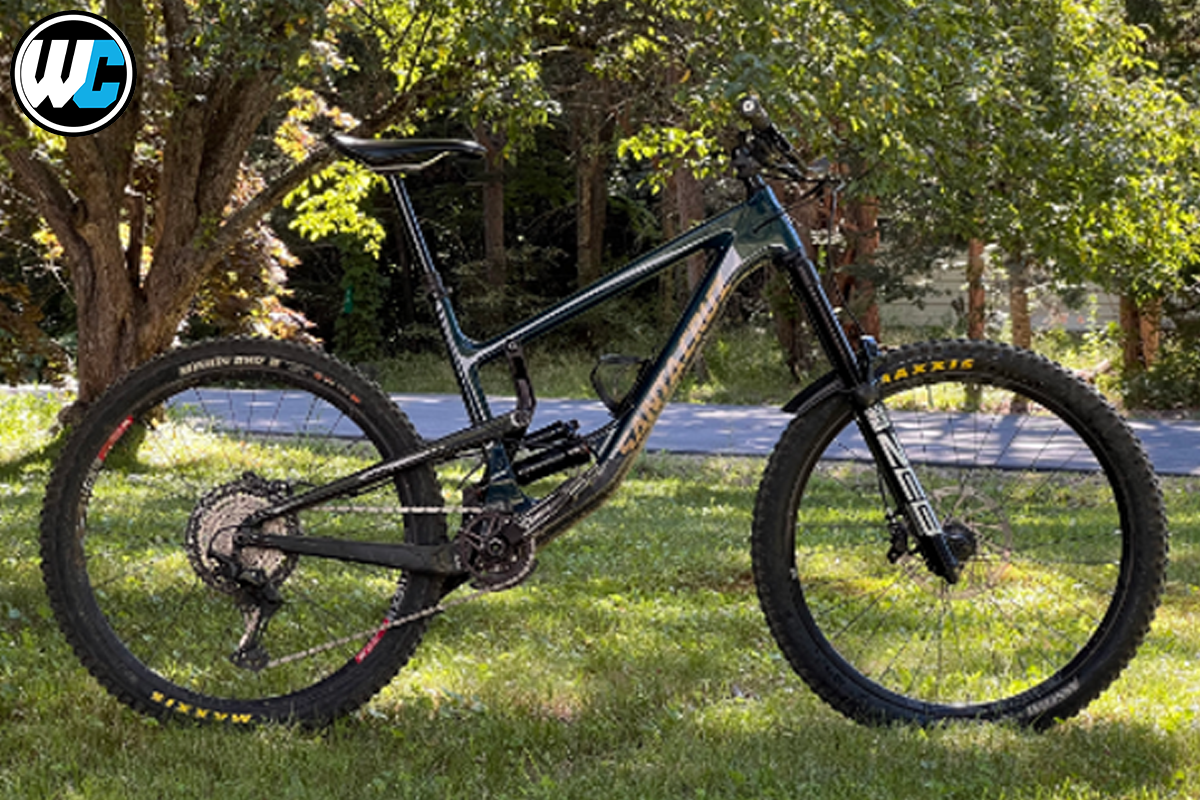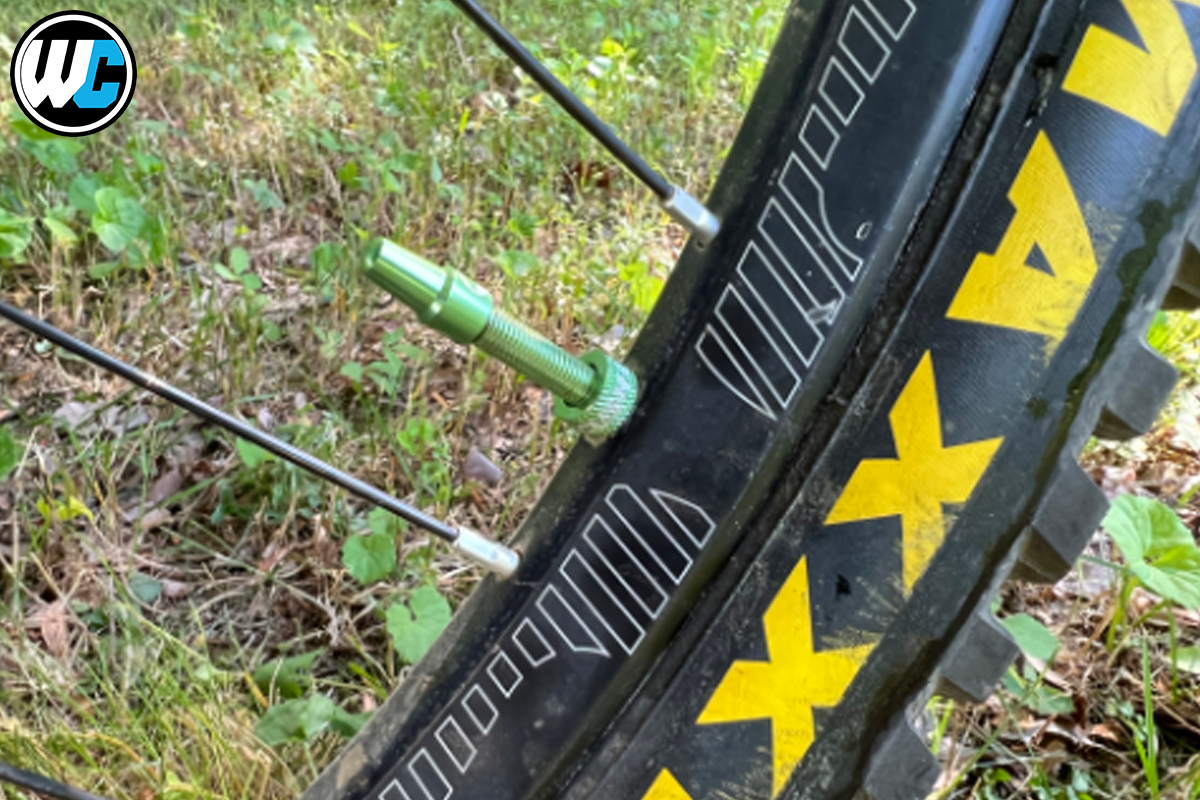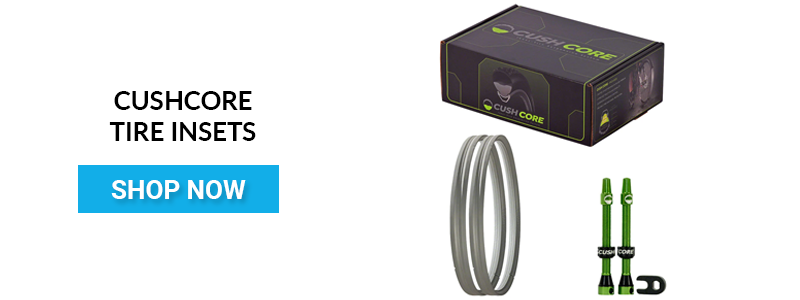- Shop
- Bikes / Frames
-
Components
- Tires / Tubes / Sealant / Valves
- Forks / Parts
- Rear Shocks / Parts
- Groupsets / Drivetrain Bundles
- Drivetrain
- Shifters
- Handlebars / Grips
- Stems
- Brakes / Pads / Adaptors
- Seatposts / Clamps / Levers
- Saddles / Seats
- Pedals / Cleats / Parts
- Wheels / Hubs / Rims
- Headsets / Parts
- Cables / Housing
-
Accessories
- Tools / Lube / Solvents
- Car / Truck Racks / Tailgate Pads
- Frame Straps
- Pumps / Inflation
- Chainstay / Frame Protectors / Fenders
- Computers / GPS / Electronics
- Hydration Packs / Bags
- Lights
- Water Bottles / Cages
- Gift Ideas / Novelties
- Indoor Trainers
- Bike Travel / Shipping Cases
- Nutritionals
- Locks
- Storage Racks / Stands
-
Apparel
- Helmets
- Jerseys
- Shorts / Bibs
- Gloves
- Shoes / Socks
- Pads / Protective Gear
- Pants
- Eyewear
- Chamois / Short Liners / Base Layer
- Chamois Creams / Embrocations / Butt'r
- Jackets / Vests / Hoodies / Flannels
- Casual Wear
- Headwear
- Brands
- Top Secret Sales (Do Not Tell!)
- Watch
- Read
- My Account
- Help / FAQ's
- Contact Us / Locations
- Call Us | 1-805-375-4525
- Why Shop With Us?
- About Us
- Continue Shopping
- Your Cart is Empty
CushCore Pro Tire Inserts [Rider Review]
Our "Rider Review" article series features the honest reviews from verified purchasers of Worldwide Cyclery. They contain the photos, thoughts, feedback & overall review you are looking for.
Tire inserts have recently become a staple in the enduro and downhill bike world. Not only does the insert help with cornering traction, but they protect your rim and help you keep rolling in case of a flat. Our friend, Thomas, has been running CushCore inserts. See what they think!
Overview
Prior to buying a set of Cush Core I have never run any tire insert so I don’t have a lot of comparisons to offer. I am a fairly light rider so in the past have been able to get away with DoubleDown tires on my Santa Cruz Nomad however my riding has progressed enough where a simple mistake in line choice could cause a flat which is no fun. I have become an expert in patching tubeless tires to make them last longer but that has been getting old. One of the main factors why I finally got inserts is that I got a new smaller travel trail bike and I no longer care about the weight of my Nomad as it will be a full-time park bike from now on.
Starting with the install process, I didn’t have any of the special CushCore tools and just used my two favorite Pedros tire levers. (If you don't have Pedros please go buy some). I made sure to watch the official CushCore install video and that was enough for me to get them mounted without too much of a hassle. Getting the CushCore on the rim was actually harder than I thought it would be and I consider it the hardest part of the install. At first, it really seems like it won’t fit but the inserts really need to be stretched. I am not the biggest guy so I ended up using a wooden pole to hold the wheel down in order to be able to stretch the cush core on and over the rim. I imagine this step might be easier if installing a used cush core but not the case when buying new.
The video helped out more with getting the tire on the wheel. The first important point the video helped with is the rolling motion the tire needs in order to tuck the bead into the rim. With a little practice, I was able to figure it out and how to make the bead stick inside. After that, the most important step is pushing the bead down into the rim. This is where I think the Cush Core tire lever would come in handy but I managed without it. I also didn’t have a circular trash bin and instead just used a couple of layers of cardboard on my garage floor. Once the tire is tucked into the wheel, the rest of the bead will go on fairly easily. Now the only thing left is hoping the tire was mounted in the right direction!
Because I do not weigh a lot I think the benefits of cush core are not as strong as some other people however I have still noticed a difference. I think for me the main benefit is just being able to smash rocks as hard as I want without worrying about my wheels. Whether this is actually a good thing or not is up for debate but I have enjoyed 3 lift access park days without a single worry to my wheels. And since I have a different trail bike I wasn't concerned with the weight the inserts added but honestly, it's not a huge difference.
Final Thoughts
Overall so far I am quite happy with my CushCore and don’t be afraid of the installation. I have heard so many people say it's really hard but it's doable. Certainly harder than just a tubeless tire but it's not impossible and hopefully saves many future flat tires.
--- Shop Info ---
Newsletter Signup -
© 2025 Worldwide Cyclery








